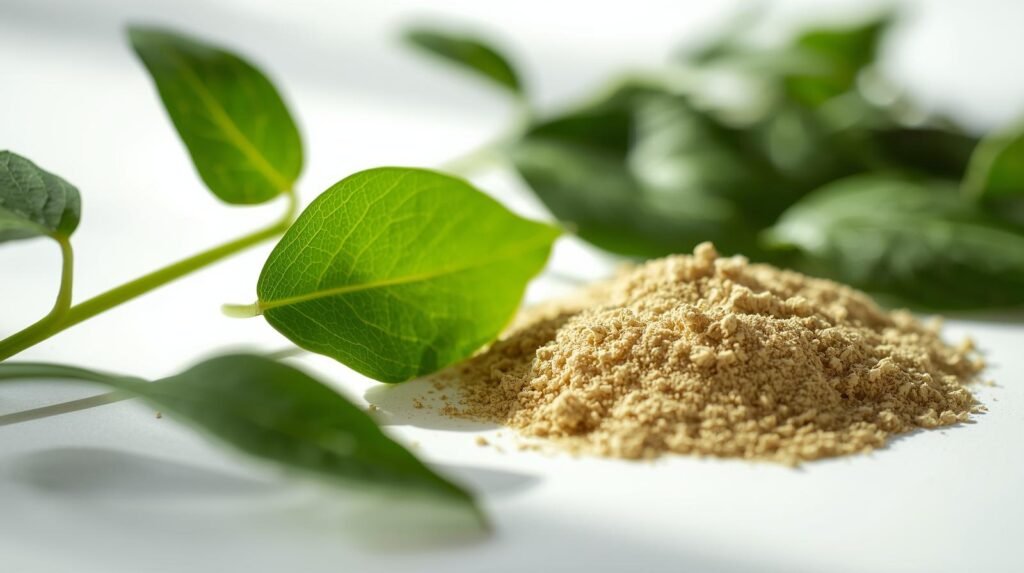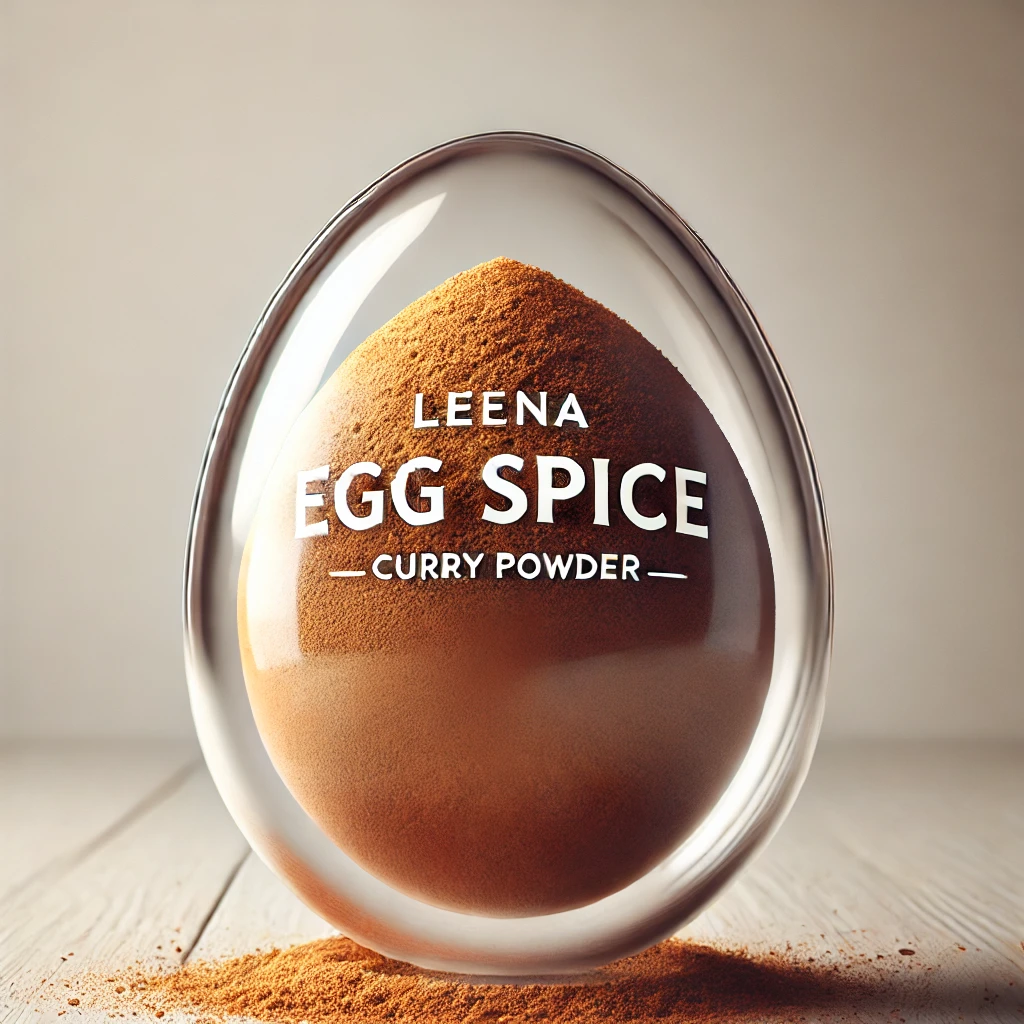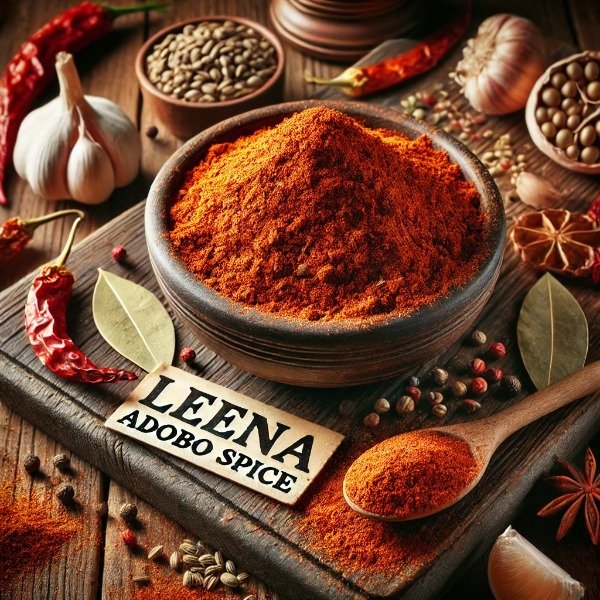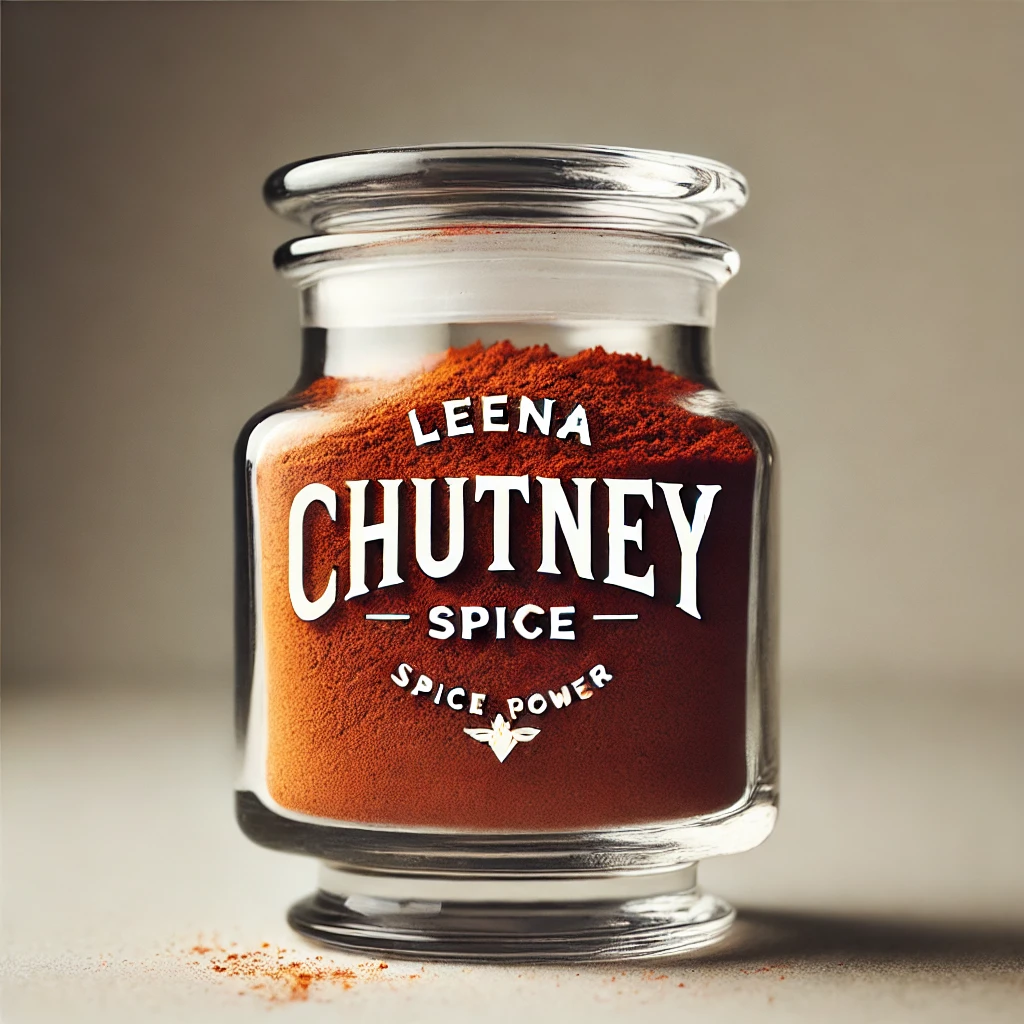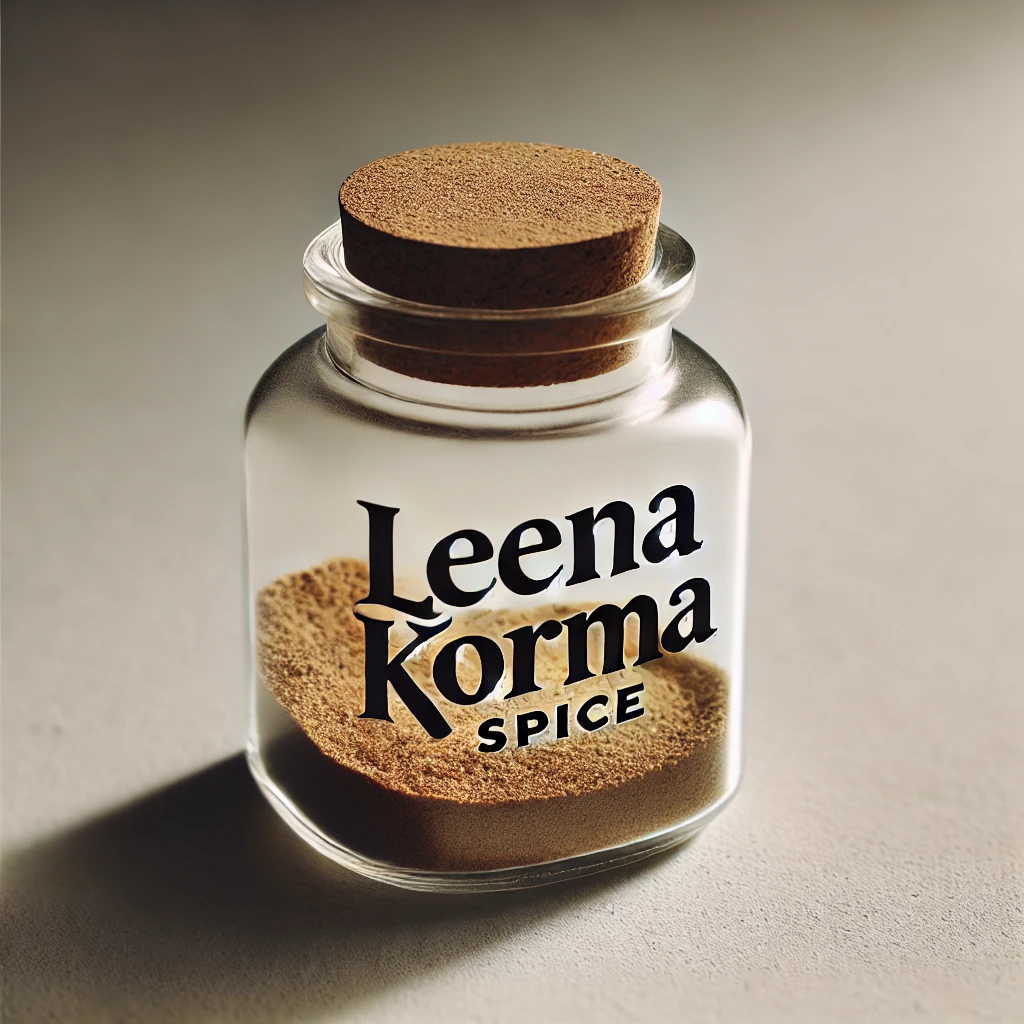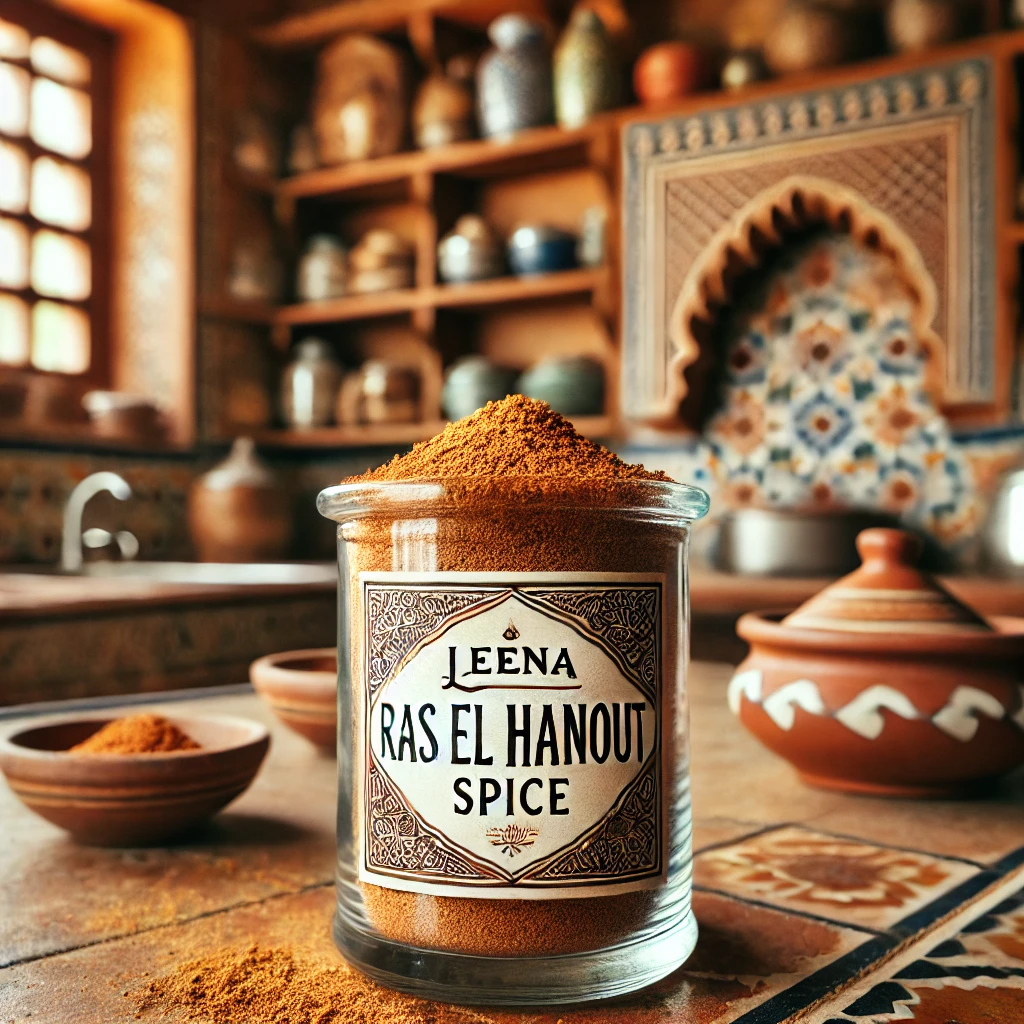Birth Masala Secrets: Traditional Postpartum Spice Blend for Recovery, Lactation & Immunity
Table of Contents
- Key Takeaways
- What is Birth Masala / Postpartum Spice?
- Historical and Cultural Context
- Traditional and Ayurvedic Perspectives
- Traditional Uses Across Cultures
- Why It Works: Science and Tradition
- Health Benefits of Birth Masala
- Uses of Birth Masala
- Precautions and Safety Tips
- Shelf-Life and Storage
- What to Do if Masala Loses Aroma
- Frequently Asked Questions (FAQs)
- Conclusion
Key Takeaways
- What is Birth Masala: A traditional postpartum spice blend used to support maternal health during pregnancy, labor, and recovery.
- Primary Benefits: Aids digestion, reduces inflammation, boosts immunity, enhances lactation, restores energy, and supports emotional well-being.
- Core Ingredients: Typically includes cumin, coriander, fenugreek, turmeric, ginger, ajwain (carom seeds), fennel, and cinnamon.
- Traditional Uses: Added to curries, soups, porridges, teas, and milk drinks to nourish and strengthen new mothers.
- Global Relevance: Popular in Indian, South African Indian, and Middle Eastern communities, with similar postpartum spice blends found across cultures.
- Safety & Precautions: Safe in culinary amounts; consult a healthcare professional if pregnant or breastfeeding, and avoid overconsumption.
- Storage Tips: Store in airtight containers, away from heat, moisture, and sunlight; lightly toast to revive aroma if needed.

What Is Birth Spice or Postpartum Spice?
Birth Spice, also known as Birth Masala or Postpartum Spice Mix, is a traditional herbal blend created to support women during pregnancy, labor, and the postpartum period. Rooted in Indian, South African (particularly Durban-style), Middle Eastern, and South Indian traditions, this spice mix has been passed down through generations as a natural way to strengthen the body and aid recovery.
Birth Spice During Pregnancy
In many cultures, birth spice is prepared for expecting mothers as a “power dose.” It is believed to help:
- Prevent miscarriage
- Reduce labor pain
- Boost metabolism
- Build resilience and overall strength
The term masala means spice blend in Hindi and Urdu, reflecting its central role in Indian cooking and healing traditions.
Postpartum Spice for Recovery
After childbirth, the blend is also used as a postpartum spice mix. Its purpose is to:
- Aid digestion
- Reduce inflammation
- Strengthen immunity
- Regulate and improve breast milk production
In South India, versions such as Marandhu Sellu or Maranshil are often mixed into hot beverages, rice dishes, or soups to revive energy and restore balance after delivery.
Appearance and Flavor
Birth spice is usually a light brown powder with a warm, aromatic flavor. Beyond its medicinal value, it enhances the taste of foods like curries, chicken dishes, rice, soups, and even teas.
Historical and Cultural Context
Birth Masala has deep roots in Indian communities of South Africa, where it became a central part of postpartum care. More than just a seasoning, it was regarded as a remedy carefully preserved through generations. Mothers and grandmothers prepared the blend with care and purpose, often using it in dishes like chicken curry, soups, or porridge. These meals were designed not only to nourish but to help women rebuild strength and vitality after childbirth.
The choice of spices was intentional. Ingredients such as coriander, cumin, carom seeds (ajwain), turmeric, and ginger were valued for their medicinal qualities supporting digestion, easing inflammation, and boosting immunity. Together, they offered warmth, comfort, and healing during recovery, reflecting the cultural belief that food should do more than satisfy hunger, it should restore balance and promote well-being.
Birth masala is not an isolated tradition. Across the world, many cultures have developed similar postpartum spice blends. In East Indian households, the mix Keoka (or Kevka) plays a similar role, while Halwa Masala is prepared for new mothers in Indo-Caribbean communities. Though recipes and flavors differ, the underlying philosophy remains the same: using food and spices as medicine to encourage healing, enhance lactation, and strengthen the body after delivery.
This cross-cultural parallel highlights maternal care through food is one of the oldest and most respected practices worldwide.
Traditional and Ayurvedic Perspectives
- Reducing inflammation
- Strengthening immunity
- Supporting tissue repair
- Enhancing lactation
Traditional Uses Across Cultures
During Pregnancy
In South Asian traditions, especially in India, birth masala is often added to lentil soups, rice dishes, or warm beverages to prepare the body for labor. It is believed to strengthen the system, improve digestion and circulation, reduce nausea, and help prevent complications such as miscarriage. A common practice is stirring half a teaspoon of the blend into warm milk or tea, taken daily during the second and third trimesters.During Labor
Among Indian communities in South Africa, light broths seasoned with birth masala are sometimes given to women in labor. The warming spices are thought to promote blood flow, ease muscle tension, and provide gentle energy. While these benefits are rooted in tradition rather than modern clinical studies, the practice reflects the cultural belief in food as a form of medicine.Postpartum Recovery
The postpartum period is where birth masala is most valued. In South India, it features in “pathiya samayal” (the traditional postpartum diet), where it is mixed with ghee and rice to restore energy and aid digestion. In Durban, South Africa, it is a key ingredient in chicken soups, believed to “knit the body back together” by supporting uterine healing and stimulating milk supply. In many households, mothers are given small daily portions of birth masala for 40 days after delivery, aligning with traditional confinement and recovery practices.General Wellness
Although primarily associated with maternal care, birth masala is also used as a general health tonic. Families may add it to curries, soups, or even sprinkle it over vegetables to enhance digestion, improve immunity, and combat fatigue. In Ayurveda, its warming nature makes it particularly effective against cold-related ailments, offering comfort and resilience for the whole family.Precautions and Safety Tips for Using Birth Masala
Birth masala offers important benefits for pregnancy and postpartum recovery, but its potent spices must be used thoughtfully. In traditional practice, this blend is considered safe in culinary amounts. However, overuse or inappropriate timing may cause discomfort or interact with health conditions. Below are key guidelines to ensure birth masala supports maternal health safely.Key Safety Considerations
- Consult a Professional: Before adding birth masala to your diet, seek guidance from a doctor, midwife, or certified herbalist—especially if you are pregnant, breastfeeding, or managing conditions like gestational diabetes, hypertension, or bleeding disorders. Some spices, such as fenugreek, may affect blood sugar or interact with medications.
- Use with Care During Pregnancy: In the first trimester, rely on gentler blends with spices such as ginger and cumin, while limiting fenugreek or fennel, which have mild estrogenic effects. Small amounts (about ½ teaspoon daily) are typically safe.
- Avoid Excess: High amounts of ginger, turmeric, or similar spices may irritate the digestive system and worsen heartburn, diarrhea, or reflux. Limit use to 1–2 teaspoons of the blend per day in meals.
- Check for Allergies: Start with a small amount to test tolerance. Discontinue use if you notice rash, itching, or digestive upset. Those with allergies to Apiaceae family plants (fennel, coriander) should avoid birth masala.
- Postpartum Caution: Birth masala can aid healing and lactation, but if you experience heavy bleeding, limit turmeric, which has mild blood-thinning properties.
- Breastfeeding: Most ingredients are safe, and flavors that pass into milk are generally harmless. Rarely, infants may show sensitivity—if so, reduce or pause use.
Specific Ingredient Precautions
- Fenugreek: Avoid in early pregnancy due to potential uterine stimulation. Safe postpartum for enhancing lactation, though it may cause a maple-like odor in sweat or milk.
- Ginger: Helpful for nausea, but limit to 1–2 teaspoons daily to prevent reflux or mild blood-thinning effects.
- Turmeric: Safe in cooking amounts, but avoid concentrated doses if you are on blood thinners or recovering from surgery.
- Cinnamon and Clove: Best used sparingly, as excessive amounts can irritate the stomach or cause allergic reactions.
Practical Tips
- Begin with a pinch (about ¼ teaspoon) to gauge tolerance.
- Choose fresh, organic spices from trusted suppliers to avoid contaminants.
- If you take medications for diabetes, blood pressure, or other conditions, confirm with a pharmacist or healthcare provider to avoid interactions.
- Adapt traditional cultural practices (such as postpartum confinement diets) to your personal health needs and modern medical advice.
Myths vs. Facts
- Myth: Birth masala induces labor. Fact: Culinary amounts do not trigger contractions, though very high doses of some spices should be avoided in early pregnancy.
- Myth: It is unsafe while breastfeeding. Fact: In moderation, birth masala is safe and can even support milk production.
Ingredients Used in Birth Masala
The recipe for birth masala has been passed down through generations, resulting in many variations. However, the key ingredients remain consistent:
- Cumin (jeera)
- Coriander (dhania)
- Cinnamon (daar cheeni)
Optional additions include:
Cardamom (bari ilaichi), carom (ajwain), fennel (saunf), fenugreek seeds (methi dana), ginger (adrak), and turmeric (haldi). These can be adjusted according to preference.
How to Make Birth Masala
- Roast the whole spices for about 10 minutes on low to medium flame.
- Allow them to cool to room temperature.
- Grind the roasted spices into a fine powder.
- Add any remaining powdered spices, mix well, and store in an air-tight container away from sunlight and moisture.
Related Posts You May Like
The Ultimate Guide to Birth Masala 7 Essential Benefits for New Mothers
10 Aromatic Healing and Delicious Birth Masala Chicken Curry Healthy Recipes
How do I make Homemade Birth Masala? 1 Easy Step
what is postpartum spice? Traditional Herbs and Healing Practices After Childbirth
10 Birth Masala Nourishing Soups and Stews for New Moms
Uses of Birth Masala
Culinary Applications
- Postpartum Curries The most common use is in chicken, lamb, or vegetable curries. Adding 1–2 tablespoons of birth masala to a pot of curry with onions, garlic, tomatoes, and protein creates a flavorful, nourishing dish. Beyond taste, the spices help support digestion, reduce inflammation, and boost energy. Traditional South Indian and South African Indian cuisines often feature “birth curry” or dishes like Marin Salo and Russum specifically for new mothers.
- Soups and Stews Birth masala adds depth to soups, broths, and lentil stews, producing light, easily digestible meals ideal for postpartum recovery. It is also used to support general wellness, helping patients recuperate from colds, flu, or fatigue by promoting metabolism and gentle nourishment.
- Porridges and Warm Cereals Stirring the spice blend into oats, rice, or millet porridges provides a comforting, healing meal. The warm grain base promotes digestion and sustained energy, while the spices contribute restorative benefits.
- Postpartum Teas and Tonics A small amount of birth masala can be steeped in hot water or milk to create a mild, soothing tea. This beverage supports digestion, provides warmth, and can be sipped throughout the day as a gentle restorative tonic.
- Everyday Culinary Use While primarily for maternal care, birth masala’s aromatic, flavorful profile makes it suitable as a general seasoning. It can enhance curries, rice dishes, and soups for anyone looking to enjoy a healthful, aromatic spice blend. In South Africa, it is often added to chicken soup or hot milk, while in South India, it is commonly stirred into rice with ghee for both flavor and nutrition.
Medicinal and Traditional Uses
- Support for Pregnant Women: Helps strengthen the body, reduce labor discomfort, and improve digestion.
- Postpartum Recovery: Aids digestion, supports lactation, restores energy, and strengthens immunity.
- Cold and Flu Relief: Used in light broths, teas, or warm meals to alleviate minor illness symptoms.
- General Wellness: Anti-inflammatory and warming properties support overall health, relieve fatigue, and promote well-being beyond the postpartum period.
Summary
Birth Masala is a culinary and therapeutic tool. Traditionally, it is used to prepare nourishing curries, soups, porridges, and tonics, while also providing digestive, restorative, and comforting effects. Its versatility allows it to be integrated into everyday meals, making it both a flavorful and functional addition to the kitchen.Health Benefits of Birth Masala
Birth Masala is a natural, nutrient-rich formulation designed to support postpartum recovery and overall wellness. Its combination of carefully selected spices offers digestive, restorative, and immune-boosting properties, making it especially valuable for new mothers.
Digestive Support
Spices like cumin, ajwain (carom seeds), coriander, and ginger stimulate digestive enzymes, ease bloating, reduce gas, and promote healthy gut function. These effects are particularly beneficial postpartum, when digestion can be sluggish.
Anti-Inflammatory and Healing Effects
Turmeric and ginger are well-known for their anti-inflammatory properties, helping to reduce swelling, soreness, and discomfort after childbirth. The blend also supports tissue repair, replenishes lost nutrients, and accelerates recovery.
Lactation Support
Certain ingredients, including fenugreek, fennel, and carom seeds, are traditionally believed to regulate and enhance breast milk production, supporting the nutritional needs of newborns.
Immunity and Energy Boost
The combination of warming spices in birth masala strengthens the immune system and provides gentle vitality. Ingredients like cumin, coriander, and cinnamon help fight infections, calm the nervous system, and restore energy, which is crucial during the physically demanding postpartum phase.
Hormonal and Emotional Balance
The aromatic and warming qualities of the masala may help calm the mind, reduce stress, and promote overall emotional well-being. This can support recovery from postpartum mood fluctuations while contributing to a sense of comfort and relaxation.
Additional Health Benefits
- Iron Source: Cumin seeds provide approximately 14% of the daily iron requirement per teaspoon, supporting blood health.
- Metabolism and Weight Management: Spices like cumin and black pepper can help regulate metabolism and support healthy postnatal weight.
- Blood Pressure and Menstrual Relief: Fenugreek may help lower blood pressure and ease menstrual cramps.
- Cold and Flu Support: Turmeric, ginger, and other spices in the blend help relieve symptoms of colds and respiratory discomfort.
- General Wellness: Beyond postpartum care, birth masala can support anyone seeking digestive wellness, immune support, or relief from minor inflammation.
Traditional and Cultural Significance
Using birth masala also honors long-standing postpartum traditions. For generations, it has been regarded as both food and medicine, nourishing the body while promoting healing, strength, and vitality.
Note: While generally safe in culinary amounts, pregnant women should consult a healthcare professional before use due to the blend’s warming properties.
Shelf-Life and Storage of Birth Masala
- Use airtight containers: Glass or ceramic jars work best to preserve aroma and prevent contamination.
- Keep cool and dark: Store in a cupboard away from heat, moisture, and direct sunlight. Avoid placing jars near stoves, sinks, or windows.
- Avoid humidity: Excess moisture can cause clumping or mold growth, reducing both flavor and efficacy.
Reviving Birth Masala Aroma
Over time, birth masala may lose its aroma or taste flat due to natural oxidation. To restore its fragrance:
- Lightly toast the masala: Heat it gently in a dry pan for a few minutes. This releases the essential oils, bringing back depth and warmth.
- Cool before use: Allow the spices to return to room temperature before adding them to dishes.
If the masala is stale or develops off odors, it’s best to prepare a fresh batch. Fresh spices ensure maximum flavor, potency, and the full range of health benefits, making your postpartum meals both nourishing and aromatic.
Frequently Asked Questions (FAQs)
What is Birth Masala?
Birth Masala is a traditional postpartum spice blend made with nutrient-rich spices like cumin, coriander, fenugreek, turmeric, and ginger. It is used to support digestion, immunity, lactation, and postpartum recovery.
Can Birth Masala be used during pregnancy?
Yes, in moderation and with professional guidance. Milder versions are preferred in the first trimester, avoiding higher doses of fenugreek or fennel.
How does Birth Masala help postpartum recovery?
It aids digestion, reduces inflammation, supports tissue repair, boosts immunity, restores energy, and enhances milk production for lactating mothers.
What are the main ingredients in Birth Masala?
Common ingredients include cumin, coriander, fenugreek, turmeric, ginger, ajwain (carom seeds), fennel, cinnamon, and sometimes cardamom or clove. Recipes may vary by region or family tradition.
How can I use Birth Masala in my meals?
It can be added to curries, soups, porridges, hot milk, teas, or even rice with ghee. Traditional postpartum dishes often feature it in chicken curries or nourishing broths.
Is Birth Masala safe for breastfeeding?
Yes, most ingredients are safe in culinary amounts. They may even help increase milk supply. Monitor the baby for any rare sensitivities.
How long does Birth Masala last?
Freshly ground masala is most flavorful for 2–3 months. Whole spices can remain potent for 3–4 years if stored properly.
How should I store Birth Masala?
Store in airtight glass or ceramic jars, in a cool, dark, and dry place. Avoid moisture, heat, and sunlight to maintain aroma and potency.
What should I do if Birth Masala loses its aroma?
Lightly toast the masala in a dry pan for a few minutes to release essential oils, then cool before using. If it smells stale or off, prepare a fresh batch.
Can Birth Masala be used for general wellness?
Yes, beyond postpartum care, it can support digestion, immunity, metabolism, and overall well-being due to its warming and nutrient-rich properties.
Conclusion
Birth Masala is a time-honored postpartum spice blend that combines flavor with holistic wellness, supporting digestion, immunity, lactation, and overall recovery for new mothers. Rich in nutrient-dense spices like cumin, coriander, fenugreek, turmeric, and ginger, it not only enhances curries, soups, and porridges but also promotes healing, vitality, and emotional well-being. Rooted in Indian and South African Indian traditions, birth masala continues to be valued for its therapeutic and cultural significance. By incorporating this versatile spice blend into your meals, you can enjoy both its aromatic taste and its restorative benefits, making it an essential addition to postpartum care and everyday health-conscious cooking.



